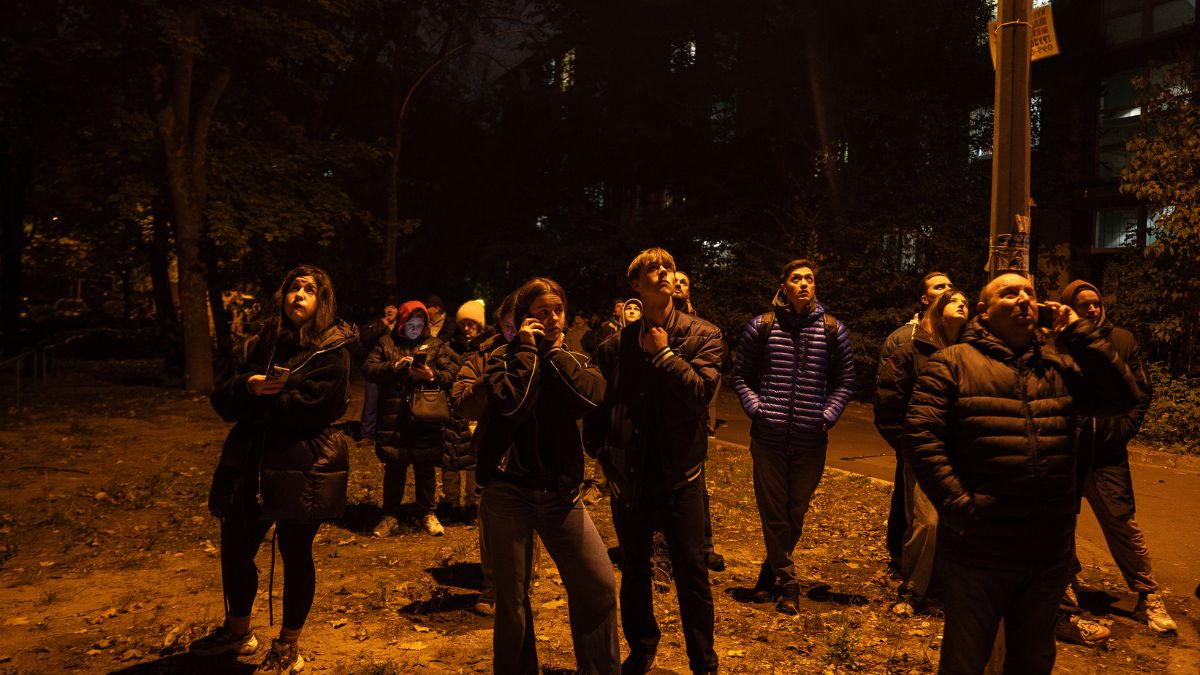Leaders of the Group of Seven (G7) major democracies on Saturday reiterated a pledge to keep imposing severe costs on Russia for its attack on Ukraine, through sanctions, export controls and other measures, and vowed to support Kyiv for as long as it takes.
”Russia remains the sole obstacle to just and lasting peace,” said a joint statement published on Saturday, adopted ”in support of Kyiv as the thousandth day of Russia’s war of aggression against Ukraine approaches.”
Italy holds the 2024 rotating presidency of the G7, which also includes the United States, Canada, Japan, France, Germany and Britain.
”The G7 confirms its commitment to imposing severe costs on Russia through sanctions, export controls and other effective measures. We stand united with Ukraine,” the statement added.
Daily drone swarms
The swarms have become a demoralizing fact of life for Ukrainians.
Russian drone tactics continue to evolve. Now, more powerful missiles often follow close behind as air defenses are exhausted by the drones. The most destructive are the ballistic and cruise missiles that fly many times faster than the drones, which buzz loudly and can be tracked by the naked eye.
Even the decoys can be useful to Russia. One decoy with a live-feed camera allows the aircraft to geolocate Ukraine’s air defenses and relay the information to Russia in the final moments of its mechanical life.
Night after night, Ukrainian sharpshooters spring into action to down the drones with portable surface-to-air missiles.
Thermobaric fears
From a military point of view, thermobarics are ideal for going after targets that are either inside fortified buildings or deep underground.
Alabuga’s thermobaric drones are particularly destructive when they strike buildings, because they are also loaded with ball bearings to cause maximum damage even beyond the superheated blast, said Albright.
Impact Shorts
More ShortsBeskrestnov, who is more widely known as Flash and whose black military van is kitted out with electronic jammers to down drones, said the thermobarics were first used over the summer and estimated they now make up between 3% and 5% of all drones.
“This type of warhead has the possibility to destroy a huge building, especially block flats. And it’s very effective if the Russian Federation tries to attack our power plants,” he said.
They have a fearsome reputation because of the physical effects even on people caught outside the initial blast site, said Arthur van Coller, an expert in international humanitarian law at South Africa’s University of Fort Hare.
“With a thermobaric explosion, because of the cloud it would create, everything in its radius would be affected,” he said. “It creates massive fear in the civilian population. Thermobaric weapons have created this idea that they are really horrible weapons and that creates fear.”
With inputs from agencies.


)

)
)
)
)
)
)
)
)



